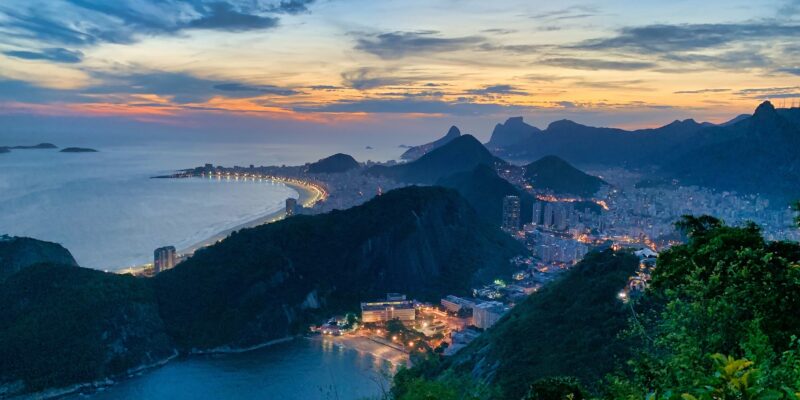Companhia Brasileira de Aluminio, a Brazilian aluminium producer, and Reservas Votorantim, a project developer, are on the verge of issuing the first-ever carbon credits from the Cerrado biome in Latin America. The Cerrado is Brazil’s second-largest ecosystem, surpassing even the Amazon rainforest in size.
The companies announced that the issuance of carbon credits for preserved areas of the Cerrado is an unprecedented move. Reservas Votorantim has successfully certified an expansive area spanning 11.5 thousand hectares, which holds immense potential for generating around 50 thousand carbon credits per year.
The initial batch of available credits, totalling 316,000, is projected to generate a minimum of $5 million in revenue. The value of these credits is estimated based on the pricing of Amazon carbon credits, which typically range from $10 to $18 per ton. However, David Canassa, the director at Reservas Votorantim, stated that reaching a breakeven point of $40 per ton is crucial to incentivize farmers to protect trees in the Cerrado instead of engaging in soy planting.
The Cerrado biome plays a vital role in preserving biodiversity and maintaining the ecological balance in the region. By providing financial incentives to conserve this important ecosystem, the issuance of carbon credits will encourage sustainable practices and contribute to the protection of the Cerrado’s rich natural heritage.
This milestone marks a significant development in the field of carbon offsetting, as it expands the scope of carbon credit generation beyond the well-established Amazon rainforest. It demonstrates the growing recognition of the Cerrado’s ecological value and the need to support initiatives that mitigate deforestation and promote sustainable land use in the region.
The issuance of carbon credits from the Cerrado not only presents a new avenue for sustainable investment but also reinforces Brazil’s commitment to combat climate change and preserve its invaluable natural resources. As this pioneering effort sets the precedent for future projects in the region, it is expected to inspire further initiatives to protect and restore other endangered ecosystems in Latin America and around the world.

